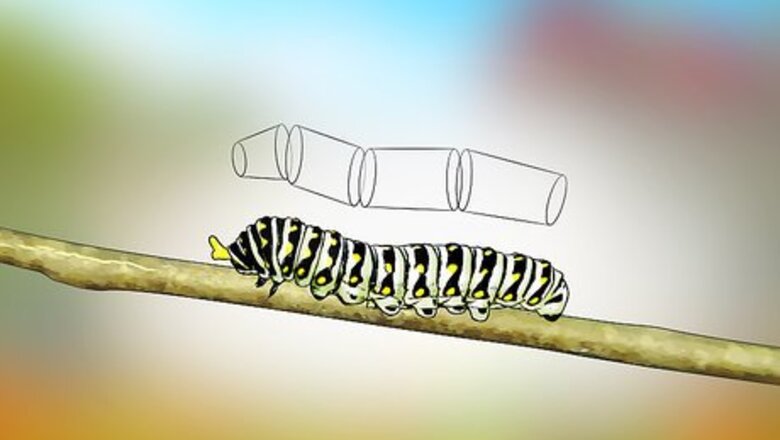
views
Finding Caterpillars
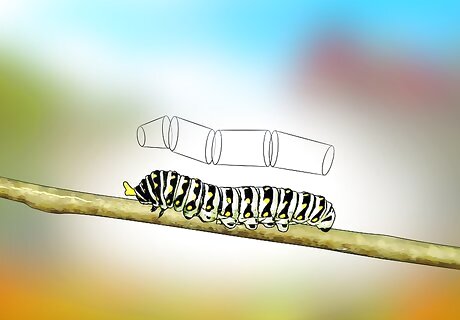
Look for an insect with a long, tube-shaped body in small, rounded segments. Caterpillars have many different forms, but most of the ones you’ll see crawling around in the wild will have the same general shape. Beware that it’s easy to get caterpillars confused with worms, so look for the small segments on the body to tell the insects apart. There are many different species of caterpillar, and they can range in length and width.Warning: Never pick up or handle a caterpillar unless you are sure that it is a non-poisonous species.
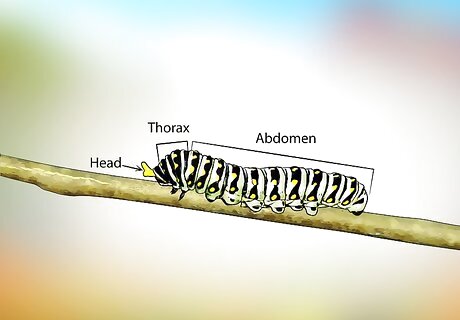
Identify the 3 major segments of the caterpillar’s body. All caterpillars will have the same body parts. Look for a head, which will have a pair of jaws for eating plants, a thorax, which contains most of the caterpillar’s legs, and a long abdomen, which can also have a few sets of legs. If you’re having trouble identifying these parts, look at the caterpillar under a magnifying glass for a closer view.
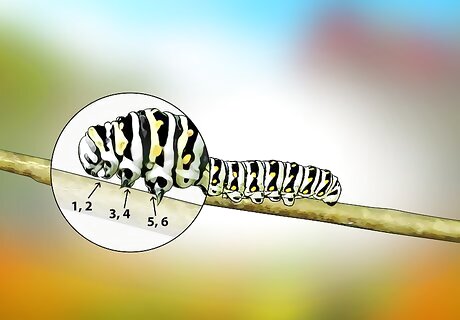
Count the number of legs on the thorax. If you’re not sure whether you’re looking at a caterpillar, check by counting the insect’s legs. There should be 3 sets of 2, or 6 total legs, on the thorax, which is right behind the head. Look for up to 4 extra sets of legs at the middle and end of the caterpillar’s abdomen. The caterpillar will sometimes lose the legs on its abdomen before forming a cocoon, so it’s best to rely on the thorax legs to confirm whether an insect is a caterpillar or not.
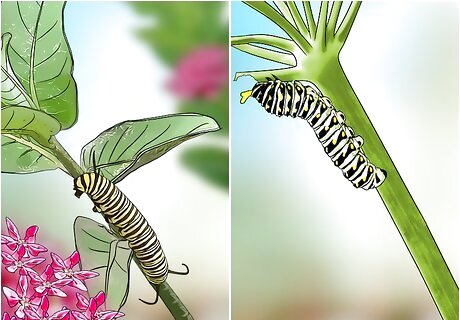
Watch the insect to see where it lives and what it’s eating. Usually, caterpillars will live near or on the plants that they eat. When you find a caterpillar, try to identify the plants around it, and observe as it eats the leaves, flowers, or even fruit in its habitat. These can give you a better idea of what species of caterpillar you’re looking at. For example, Monarch butterfly caterpillars tend to live on and eat milkweed. In contrast, centipedes, millipedes, and worms tend to live in the dirt, under rocks, or in rotting wood.
Identifying Species
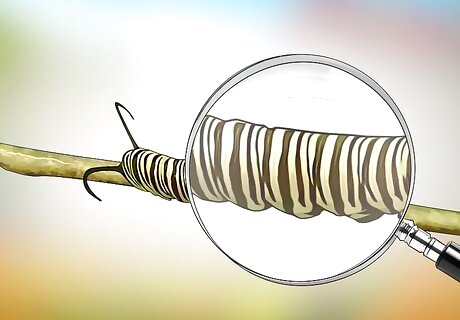
Look at the insect closely to see which color is most visible on its body. Decide whether the caterpillar’s body is mostly black, brown, gray/blue, green, red/orange, or yellow/white. This can help you narrow down the species and decide whether or not the caterpillar is safe to handle. Normally, brightly-colored caterpillars, which can be red, yellow, orange, and white, tend to be poisonous, but it’s best to keep away from the insect until you can be sure. Keep in mind that the color of a caterpillar can sometimes change depending on its life cycle and growth. You may see a few different colors along the insect’s body, so try to choose which is the most dominant shade. For example, the species ‘’Nemoria arizonaria’’ matches the brown color of the oak tree it is found on during the spring and the green leaves of the tree during the fall.
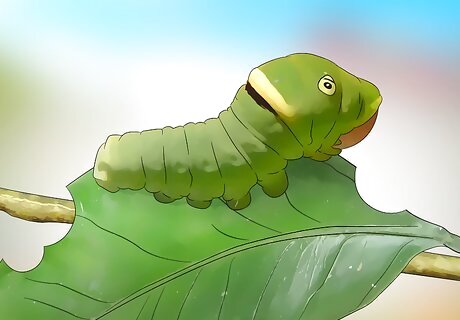
Make note of any patterns along the caterpillar’s body. Many caterpillars have body markings that are meant to provide camouflage. Look for bands, slashes, spots, stripes, or textures that give the insect a unique appearance. Sometimes, they can be a slightly darker or lighter shade than the main body color, or the markings can be a different color altogether. Some species are colored to resemble predators like snakes, with eye-like markings to make them look bigger, or they are colored to resemble poisonous or unpleasant things. For example, the tiger swallowtail butterfly larvae have patterns to resemble bird excrement.
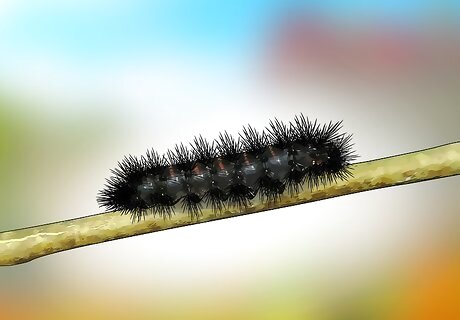
Inspect the hair density on the body of the caterpillar. Caterpillars are sometimes covered with tiny hairs, called setae, that provide them with a sense of touch. Look at the hair on the caterpillar's body to see if it’s dense, tufted, sparse, or very short. Keep in mind that some caterpillars don’t have any hair at all. For instance, “woolly” and Tussock moth caterpillars, have long, fuzzy hairs that make them look soft!
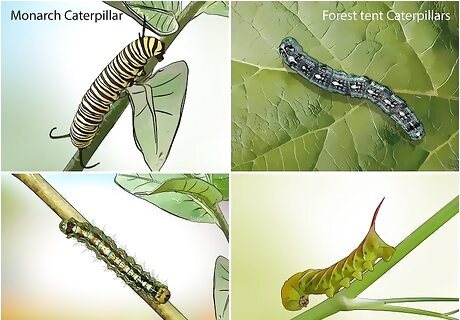
Look for distinct physical features if the caterpillar has any. Check to see if the caterpillar has a curled tail, head horns, knobs, lashes, spines, or a split tail. These can all be good indicators for certain caterpillar species and will help you narrow down your search rather quickly. If you’re having trouble seeing these, look at the caterpillar under a magnifying glass. Distinctive Caterpillar Features Monarch butterfly caterpillars are yellow with black and white bands. Forest tent caterpillars have fuzzy black and blue bodies with white markings shaped like keyholes running down the centers of their backs. spongy moth caterpillars have fuzzy black bodies with red and blue spots running down the center of their back. Tomato hornworms are pale green caterpillars with white and green markings and a protrusion resembling a horn.
Resources for Identification

Use an online identification guide to help you decide on a species. Find a website that allows you to identify a caterpillar species by selecting the caterpillar’s main body color, pattern, hair density, and distinct features. Select the options that apply to the caterpillar that you saw, and look at the pictures to see which one most closely matches. This is a great way to quickly identify a species and whether or not it’s poisonous. For example, the Discover Life website at https://www.discoverlife.org/mp/20q?guide=Caterpillars has a helpful identification guide that's broken into these sections.
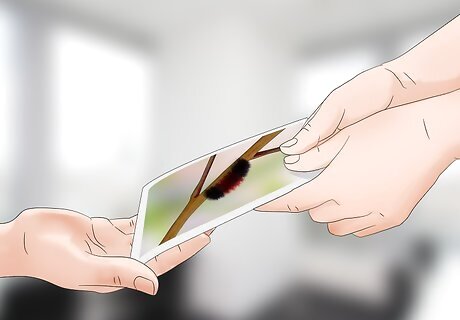
Submit a photo of a caterpillar to a local organization for identification. When you see a caterpillar in the wild, snap a quick picture and then upload it to an online database, like The Butterflies and Moths of North America’s website.(https://www.butterfliesandmoths.org/ ) Be sure to include the time and location where you spotted it. After a few days, check your email for more information about the caterpillar. It’s best to stick with local organizations for the most accurate results. If you don’t have an insect enthusiast group near you, you can try sending the image to a local university’s biology department for more information. You can visit https://www.butterfliesandmoths.org/identify for identification help if you have a picture of a caterpillar found in North America.
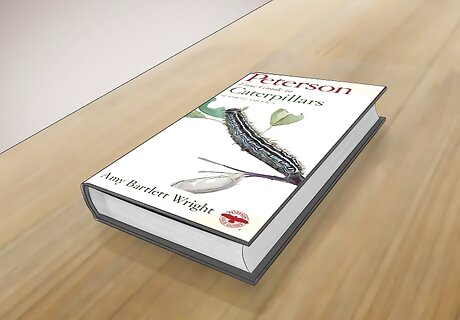
Consult a field guide for caterpillars commonly found in your area. If you often spend time in the wilderness, invest in a field guide. Find the section devoted to insects, and browse through the illustrations and images until you find one that looks like the caterpillar that you saw. This is also a great way to quickly learn which caterpillars in your area are poisonous and which are not. If possible, try to find one as specific as possible to the geographic location where you’ll be looking for caterpillars. General Field Guides For children: “Peterson First Guide to Caterpillars” by Amy Wright and “Golden Guide to Butterflies and Moths” by Robert T. Mitchell. For adults: Thomas J. Allen’s “Caterpillars in the Field and Garden” and David J. Carter’s “A Field Guide to Caterpillars of Butterflies and Moths in Britain and Europe.”


















Comments
0 comment